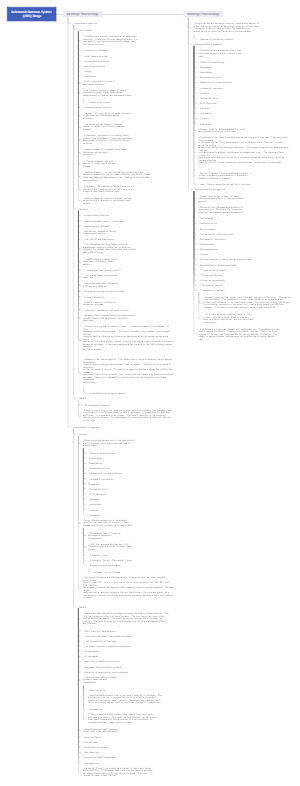MindMap Gallery Some Basic Concepts of Chemistry
Some Basic Concepts of Chemistry
This is a mind map on Some Basic Concepts of Chemistry Made by Aditya Singh. I hope this will help you in your studies.
Edited at 2021-06-15 03:35:52Some Basic Concepts of Chemistry
- Recommended to you
- Outline









